In recent years, the battle against obesity has gained momentum with the development of highly effective pharmacotherapies. The NEJM-published SURMOUNT-5 trial has provided robust data comparing two leading agents—tirzepatide, a dual GIP and GLP-1 receptor agonist, and semaglutide, a selective GLP-1 receptor agonist—for their efficacy and safety in treating obesity among adults without type 2 diabetes.
Study Design and Methodology
The study was a 72-week, phase 3b, randomized, open-label, controlled trial conducted across 32 sites in the United States and Puerto Rico. A total of 751 adults with obesity (BMI ≥30 or ≥27 with comorbidities), but without type 2 diabetes, were enrolled and randomized equally to receive either tirzepatide (10 or 15 mg) or semaglutide (1.7 or 2.4 mg) administered subcutaneously once weekly.
The primary endpoint was the percentage change in body weight from baseline to week 72. Key secondary endpoints included achieving weight reductions of 10%, 15%, 20%, 25%, and changes in waist circumference.
Key Results
Weight Loss:
- Tirzepatide resulted in a 20.2% mean reduction in body weight.
- Semaglutide led to a 13.7% mean reduction.
- The estimated treatment difference was −6.5 percentage points (P<0.001), favoring tirzepatide.
Waist Circumference:
- Tirzepatide: −18.4 cm
- Semaglutide: −13.0 cm
- Difference: −5.4 cm (P<0.001)
Proportion Achieving Weight Loss Goals:
- ≥10% weight loss: 81.6% (tirzepatide) vs. 60.5% (semaglutide)
- ≥25% weight loss: 31.6% (tirzepatide) vs. 16.1% (semaglutide)
- ≥30% weight loss: 19.7% vs. 6.9%
These outcomes underscore tirzepatide’s superiority in facilitating greater and more clinically significant weight reductions.
Cardiometabolic Improvements
Both treatments led to improvements in cardiometabolic risk markers such as:
Systolic Blood Pressure: −10.2 mmHg with tirzepatide vs. −7.7 mmHg with semaglutide
Glycemic Control and Lipids: Improved in both groups, with higher weight reductions associated with better outcomes.
The analysis suggests that higher weight loss correlates with greater improvements in metabolic health, supporting a "treat-to-target" strategy in obesity care.
Safety and Tolerability
Adverse Events (AEs): Similar in both groups—76.7% (tirzepatide) vs. 79.0% (semaglutide)
Gastrointestinal AEs (e.g., nausea, vomiting, constipation) were most common, primarily during dose escalation.
Discontinuation due to GI AEs: Higher in the semaglutide group (5.6%) than tirzepatide (2.7%)
Injection-site reactions: More frequent with tirzepatide (8.6%) vs. semaglutide (0.3%)
Importantly, no deaths or major cardiovascular events were reported in either group.
Clinical Implications
The findings affirm tirzepatide’s role as a more potent anti-obesity agent compared to semaglutide, particularly for individuals aiming for significant weight reduction. This trial’s results are aligned with other studies in the SURMOUNT and STEP series and reinforce tirzepatide’s advantage due to its dual-receptor agonist mechanism.
Tirzepatide’s greater efficacy may reflect its broader central nervous system and adipose tissue actions through combined GIP and GLP-1 pathways, surpassing the effects of GLP-1 alone.
Conclusion
The SURMOUNT-5 trial provides compelling evidence that tirzepatide is more effective than semaglutide in reducing body weight and waist circumference in adults with obesity who do not have diabetes. With acceptable safety profiles and superior outcomes, tirzepatide emerges as a front-runner in obesity pharmacotherapy, offering hope for improved quality of life and reduction in obesity-related comorbidities.



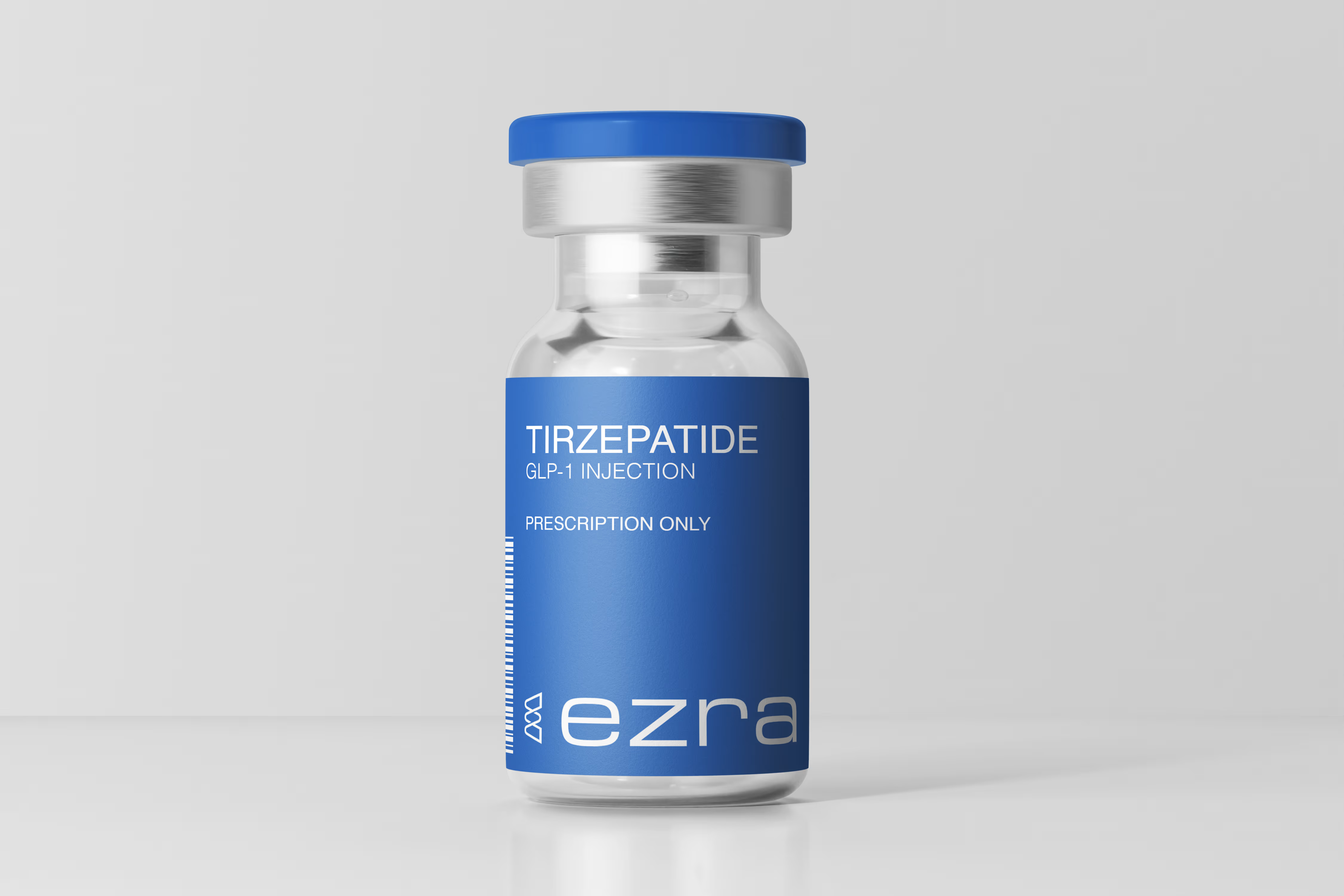

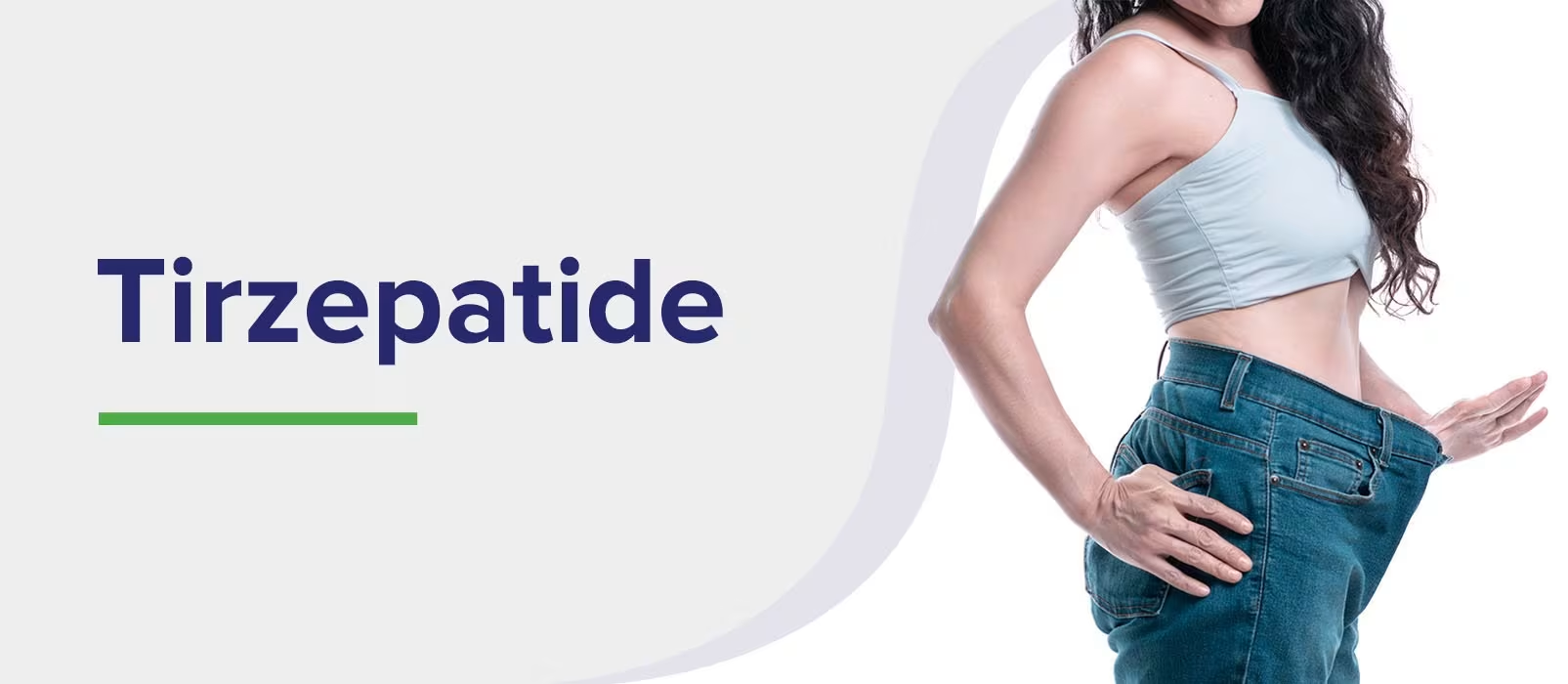
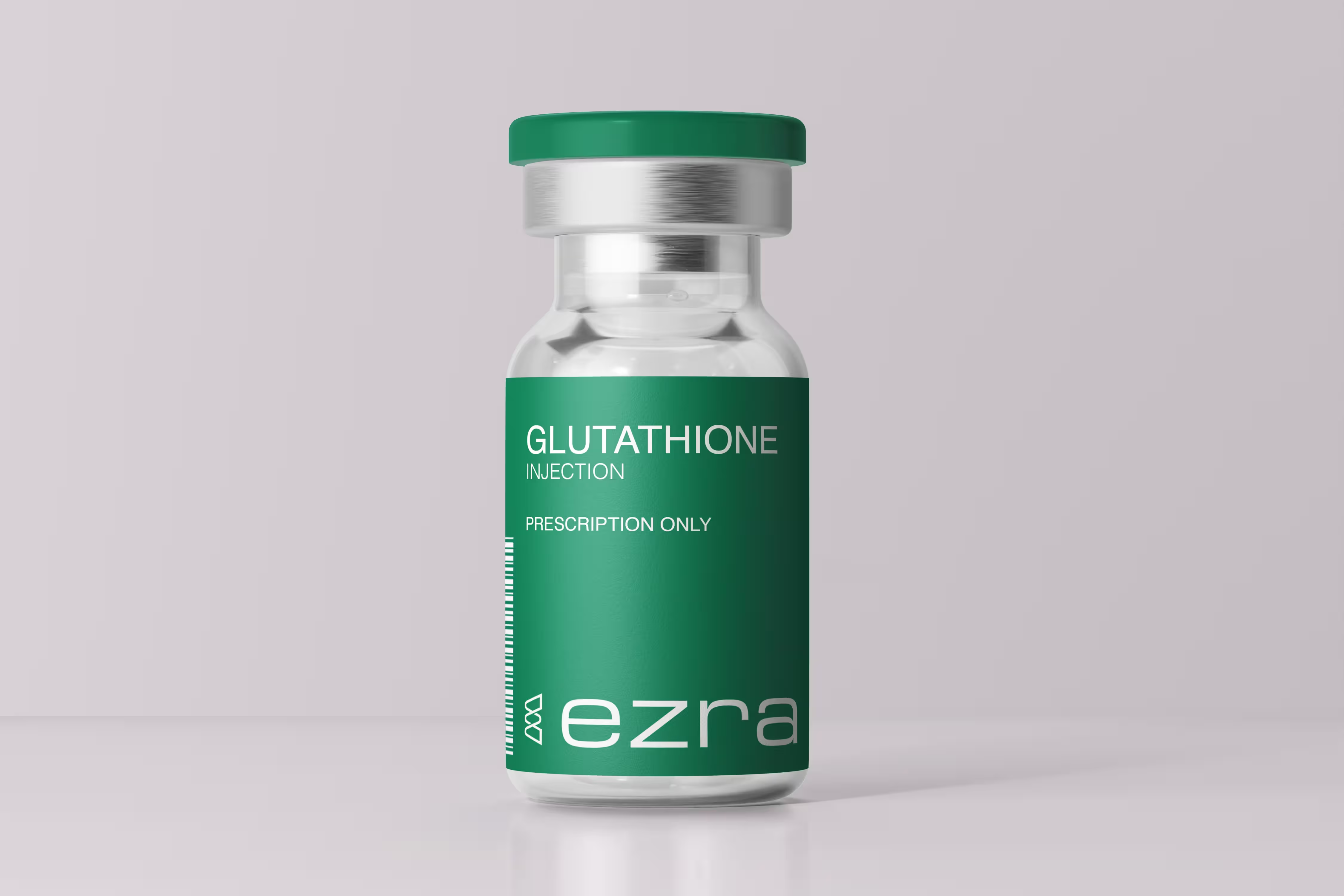

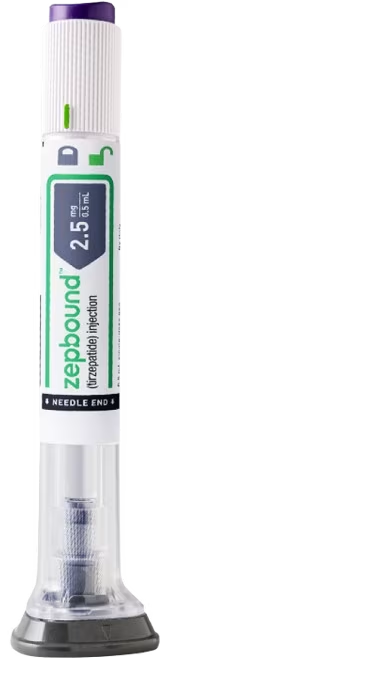




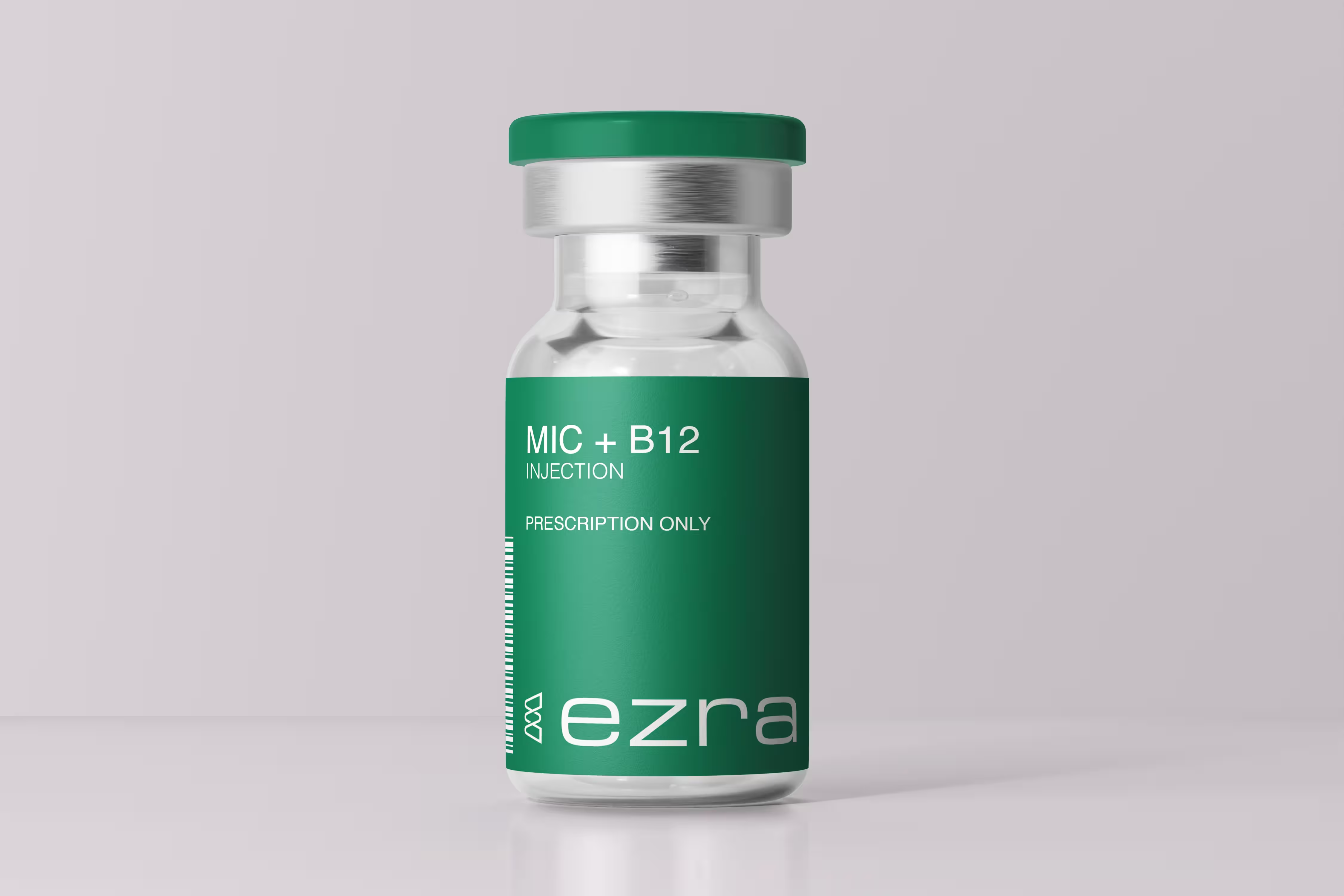







.avif)










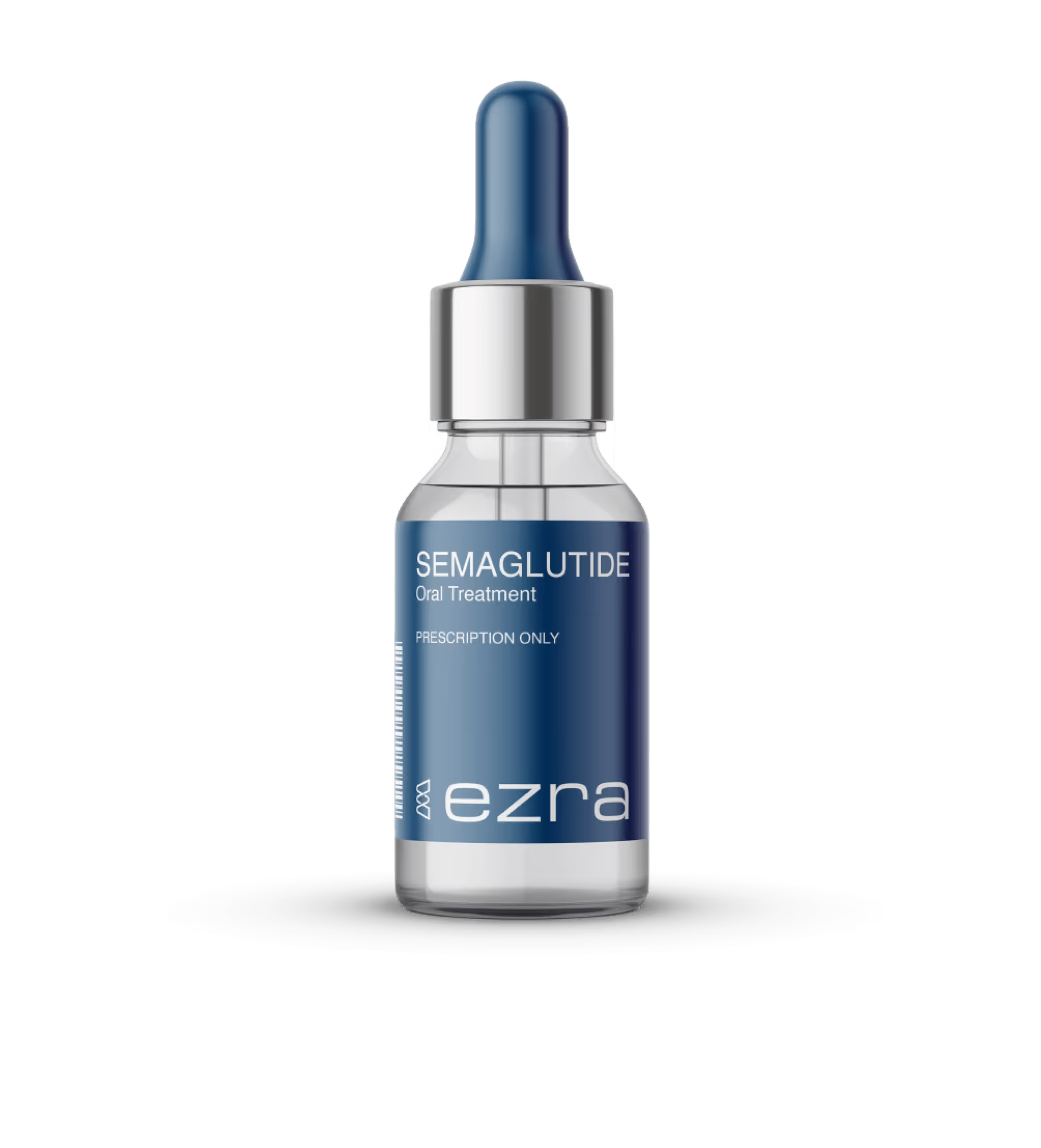

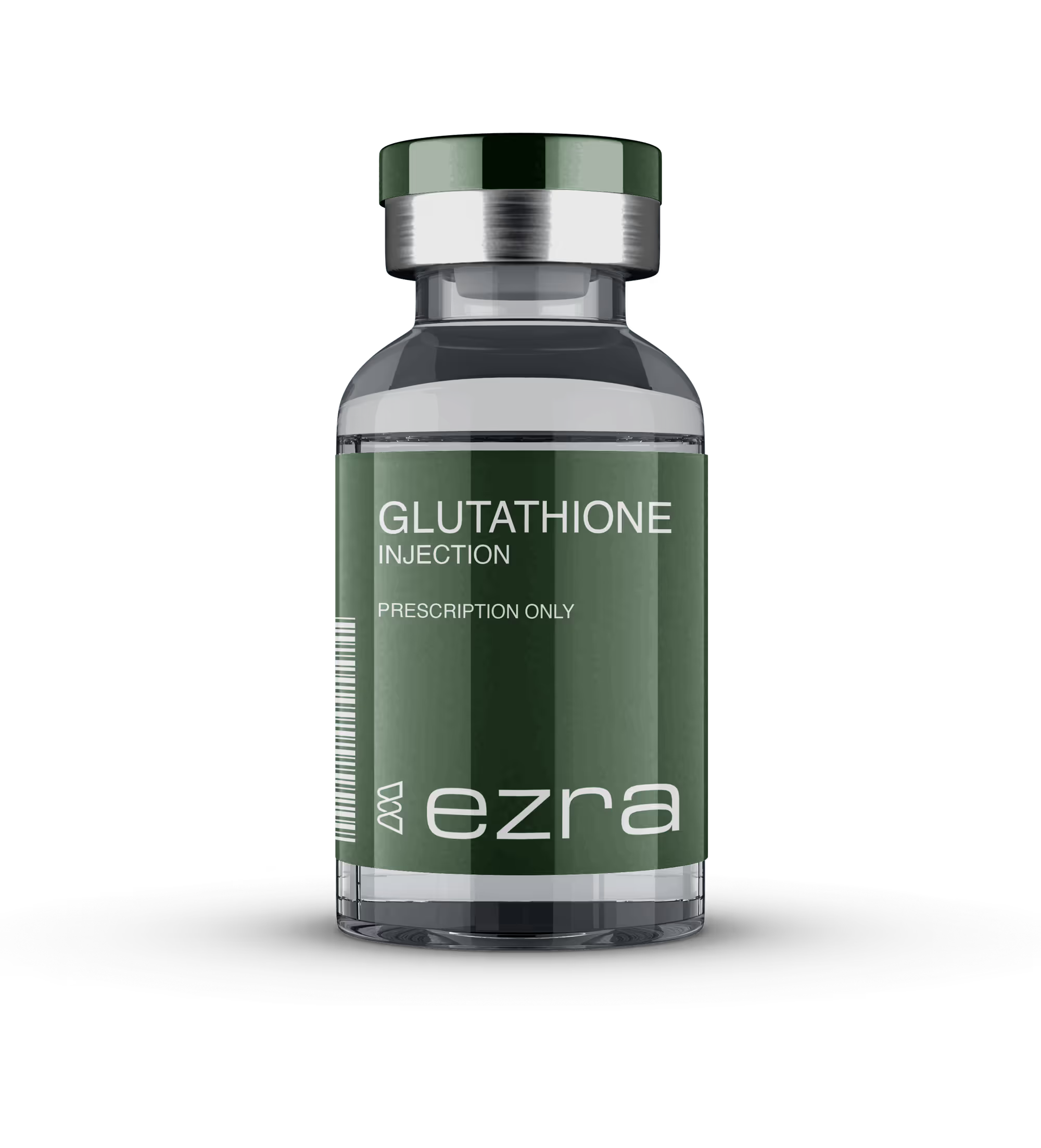
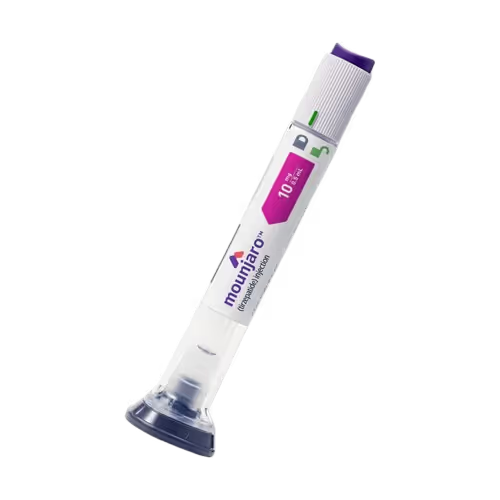
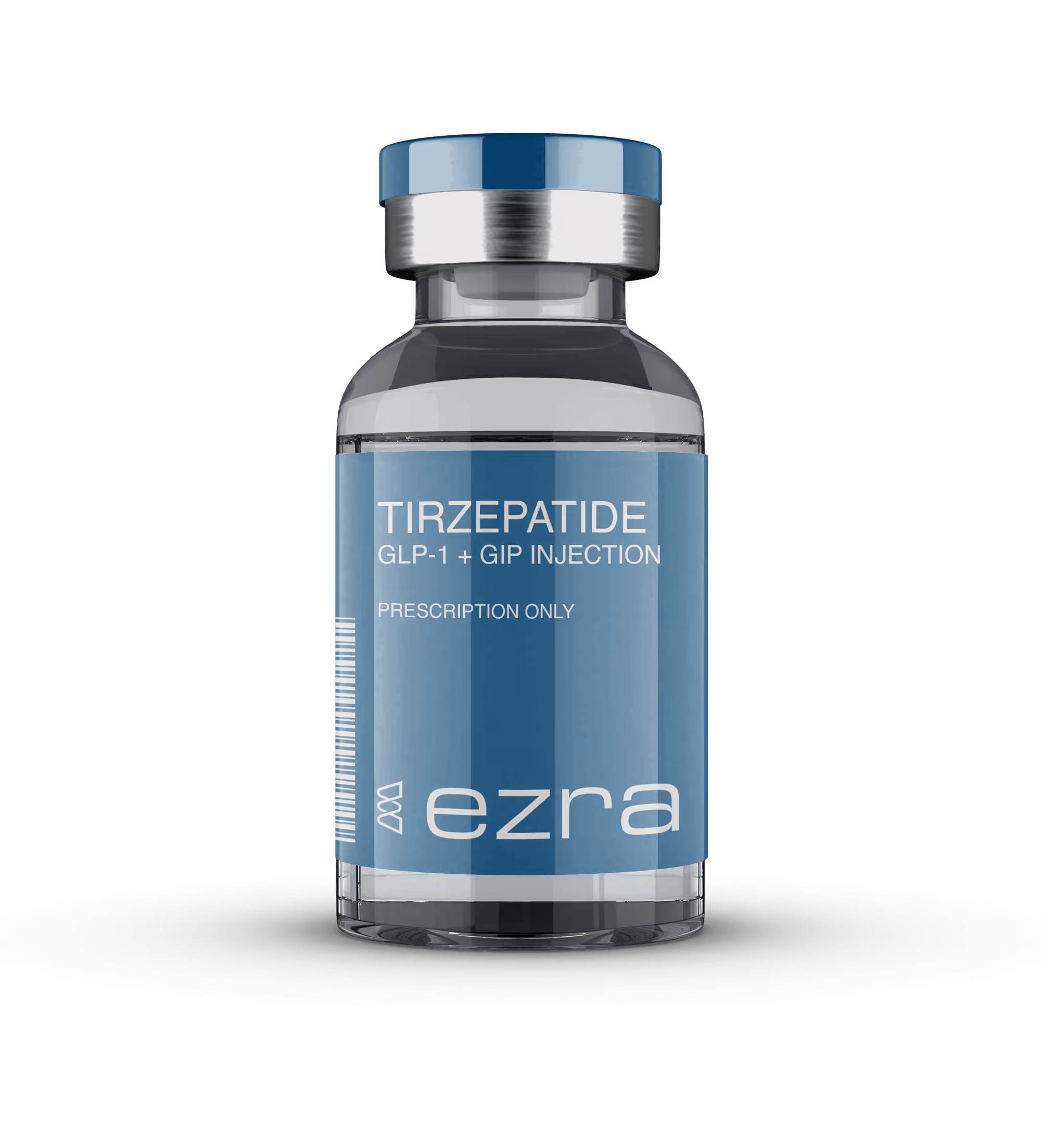
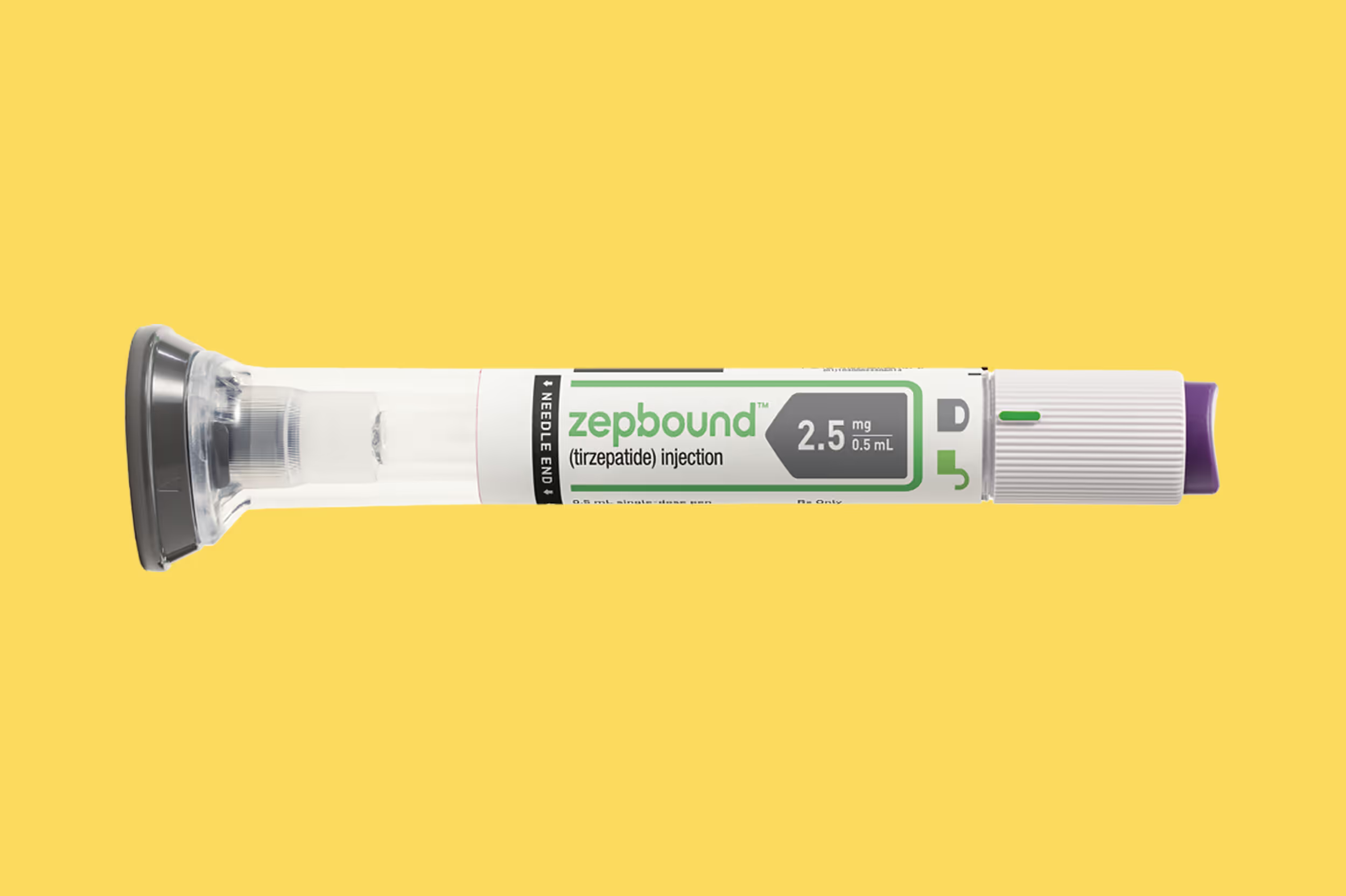



.avif)

